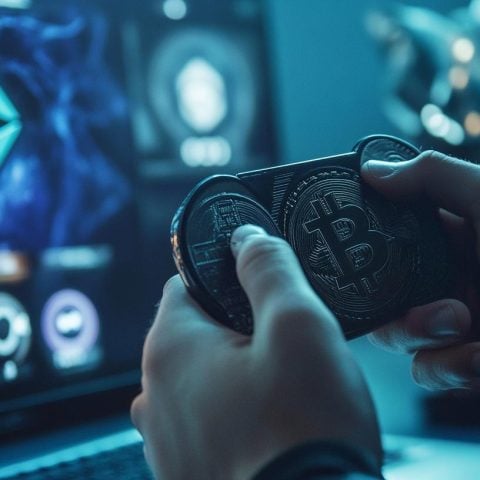In the rapidly evolving world of cryptocurrency, getting involved can be as easy as turning on your computer. However, while laptop crypto mining might seem like an appealing venture, it comes with notable challenges and considerations.
In the early days of Bitcoin and other cryptocurrencies, crypto mining was less resource-intensive, making it possible to mine using a standard laptop. However, as the blockchain technology matured, the complexity of the mining algorithms increased significantly. As a result, the competition among miners escalated, driving the need for more powerful hardware.
Laptops, while versatile, are not built for heavy sustained loads common in crypto mining. Mining on a laptop can lead to excessive heat production, and most laptops are not equipped with the robust cooling systems present in dedicated mining rigs. This could result in hardware damage over time, diminishing your laptop’s lifespan and performance.
Furthermore, the profitability of mining on a laptop is another critical issue. Cryptocurrencies like Bitcoin require significant computational power that far exceeds the capabilities of most consumer laptops. This means the electricity costs and potential hardware risks are unlikely to be offset by the rewards earned from mining.
Therefore, while technically possible, mining on a laptop is generally inefficient and often unprofitable. Those interested in mining would benefit from investing in more specialized equipment or joining mining pools. These strategies distribute the computational load, increasing the likelihood of earning a reward without putting undue strain on personal hardware.
Is Laptop Mining Dead? Surprising Alternatives in Cryptocurrency Mining
The initial thrill of laptop cryptocurrency mining has waned, leaving many to wonder: are there still viable options for the average person to participate in crypto mining? While laptops struggle under the weight of modern mining demands, new opportunities arise for individuals and communities.
Emerging Methods and Innovations
As traditional laptop mining becomes increasingly difficult, alternative methods have cropped up. Cloud mining services, for example, allow users to rent mining power from data centers without the need for physical hardware. This can mitigate concerns about hardware stress and high electricity usage.
Even Facebook and other social platforms are exploring decentralized applications that distribute smaller computing tasks across user devices, which could one day allow incidental participation in mining activities. Despite the complexities, these innovations hold promise for wider community engagement in cryptocurrency mining.
Economic and Environmental Impact
For developing regions, cloud and decentralized mining offer an exciting avenue to partake in the crypto economy. However, the increased demand for data center energy can have significant environmental impacts. It’s crucial that these facilities are powered by renewable energy sources to maintain sustainability.
Advantages and Disadvantages
Cloud mining enables participation without infrastructure burden, but it can be hard to verify the legitimacy of some services. Decentralized approaches could democratize earning opportunities, yet they might offer lower individual returns.
Is it still worth exploring personal mining options? And if so, which method aligns best with your sustainability goals?
For more insights into cryptocurrency mining and its future, visit Coindesk and Cointelegraph.
















